Statewide & Districtwide Assessments in Nebo
There are a number of statewide assessments that state law and/or the Utah State Board of Education (USBE) requires that we administer to our students. And there are other assessments that we, as a district, have chosen to administer. Below you will find a current calendar for the administration of these assessments. You will also find valuable information about each one.
Nebo Assessment Calendar
Most of the state- and districtwide assessments are administered within a designated testing window. To view the current calendar/schedule for district assessments and surveys, please use the hyperlink below:
Current Nebo Assessment & Survey Calendar
Parents' Access to View Assessment Results
Parents can view their student's scores/results from these statewide assessments by following the instructions found on the following webpage:
My Student's Assessment Results
Information About Each Assessment
Below, you will find information about the assessments that we give across the district.
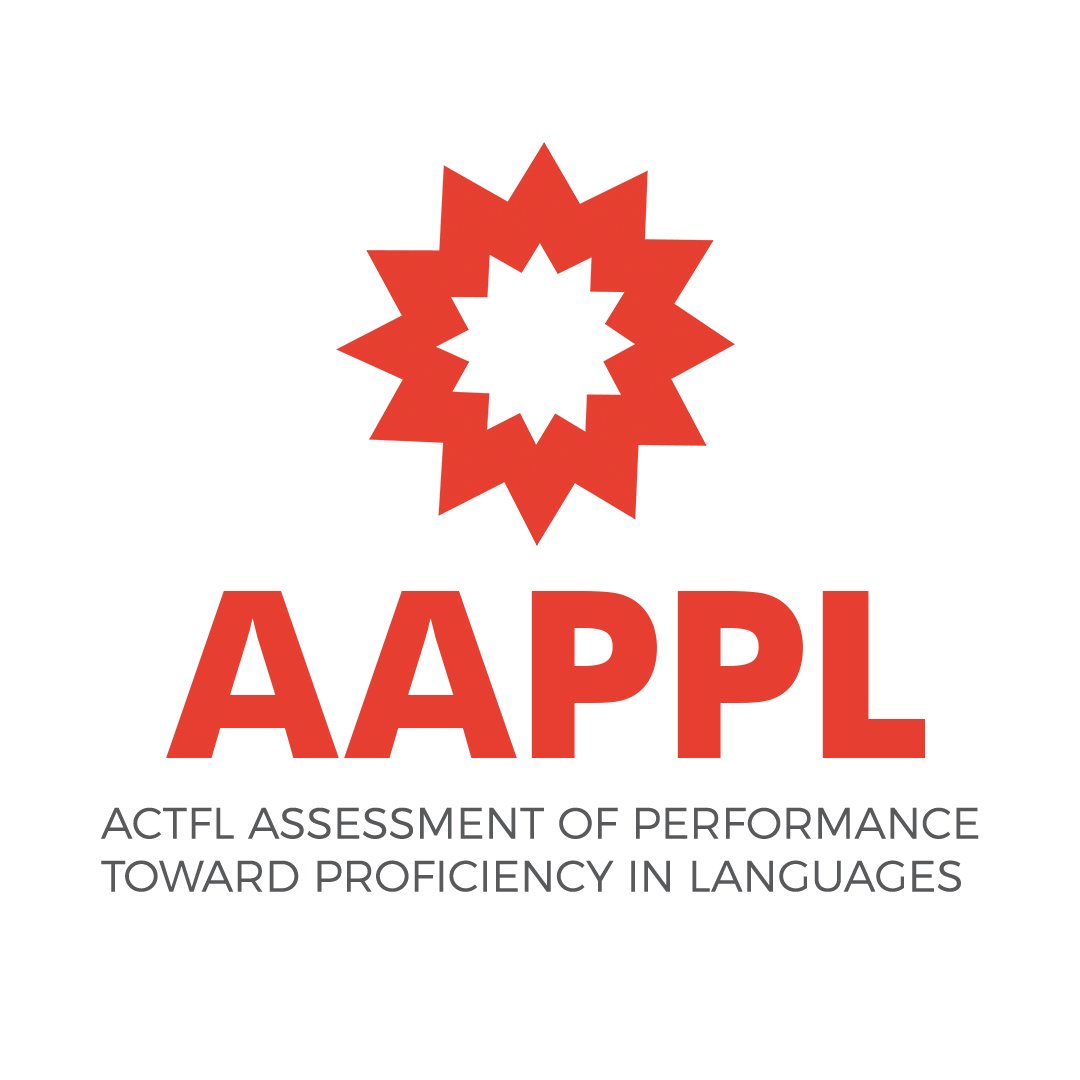 AAPPL (for DLI Students, Grades K-12)
AAPPL (for DLI Students, Grades K-12)
The AAPPL test is given each year to students in our dual language immersion (DLI) programs as a measure of their proficiency in the target language they are learning. It gives the student a rating in each of four domains: Speaking, Writing, Listening, and Reading. We encourage you to talk to your child’s DLI teacher if you have any additional questions.
For a basic breakdown of the ratings, see the score charts provided here.
*Note: the AAPPL test is only capable of rating students to a maximum of the A-1 (Advanced Low) level. Students who are more advanced than this level will still receive a rating of A-1.
 Acadience Reading (K-5) and Math (K-3)
Acadience Reading (K-5) and Math (K-3)
The Acadience screeners provide “indicators” of the student’s overall reading & math progress, allowing the school to identify students who meet and do not meet the benchmark goals. These results help guide our educators in providing the correct support to the students as needed. Benchmark goals are not “grade level proficiency,” but indicators of progress. Acadience is administered 3 times per year: in the fall (known as “beginning of year” or BOY), winter (known as “middle of year” or MOY), and spring (known as “end of year” or EOY).
For more information on interpreting Acadience Math scores, see the score charts by clicking here.
If your student scored at or above the benchmark goals:
We are committed to helping your child maintain growth and achieve their future goals in reading and mathematics throughout the year. Your school looks forward to working with you, as a team, to help your child grow their reading and mathematics skills. We encourage you to talk with your child’s teacher about any questions or concerns you may have. Thank you for your support.
If your student scored below the benchmark goals:
We are committed to helping your child achieve their goals in reading and mathematics throughout the year by providing additional support that is targeted to meet their individual needs. Reading/mathematics supports may include one or more of the following strategies:
- Re-teaching with grade-level materials
- Additional small-group instruction, using best practices and materials that are proven successful
- Tutoring individual students
We encourage you to talk with your child’s teacher about any questions or concerns you may have. Thank you for your support.
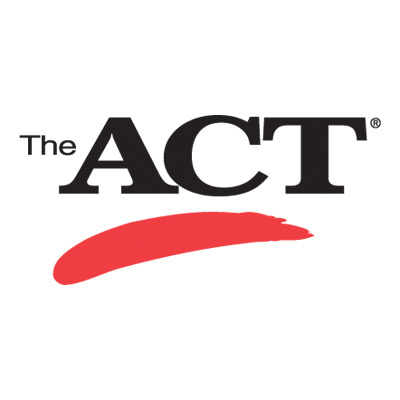 ACT (Grade 11)
ACT (Grade 11)
The American College Test (ACT) is a college entrance exam used to measure students’ readiness for college. In Utah, the ACT is given to all 11th graders free-of-charge. Students are also able to register for and take the ACT additional times, if they would like, but the students are responsible for paying for any such additional tests. The state-administered ACT includes subtests for English, reading, mathematics, and science. Scores range from a low of one (1) to a maximum or perfect score of thirty-six (36). The national average score usually falls at or around twenty (20), with an average window between seventeen (17) and twenty-four (24). We encourage you to speak with your child’s school if you have any questions or concerns.
For more information about interpreting ACT scores, click here.
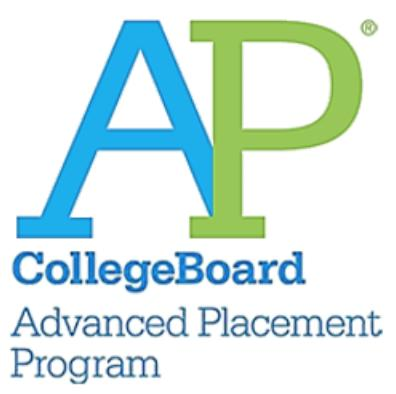 AP Exams (Grades 9-12 in AP Courses)
AP Exams (Grades 9-12 in AP Courses)
Advanced Placement (AP) exams are given at the conclusion of an AP course. Students who score sufficiently high may receive college credit. Scores range from a minimum score of one (1) to a maximum or perfect score of five (5). Most colleges and universities award college credit for a score of three (3) or higher, though a few limit it to a score of four (4) or higher. To know what a specific college’s standard is, you should contact that college. We encourage you to talk to your child’s school counselor or AP teacher, if you have additional questions about the AP exam program.
 Civics Test (Grades 8 and up)
Civics Test (Grades 8 and up)
Utah law requires that students pass a test on U.S. civics education in order to graduate with a high school diploma. This test is based on the test for American citizenship. Nebo begins to administer this test in the students’ 8th grade social studies class. Students who do not pass the test the first time may continue to take it until they pass prior to their high school graduation. When your student passes the test a “passed” indicator will appear in the list of assessment results in Infinite Campus. We encourage you to speak with your child’s school if you have any questions or concerns.
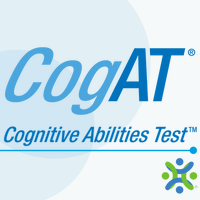 CoGAT (Grade 5)
CoGAT (Grade 5)
We give the CoGAT in 5th grade as a universal screener to determine students' eligibility for the "gifted and talented" program in the middle school.
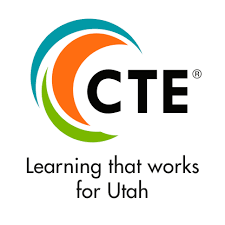 CTE Skill Certificate Assessments
CTE Skill Certificate Assessments
In our Career and Technical Education (CTE) courses, students learn valuable skills that can transfer directly to marketable jobs. At the conclusion of the course(s), students take a competency-based test to determine if they meet the level of learning to be awarded a skill certificate.
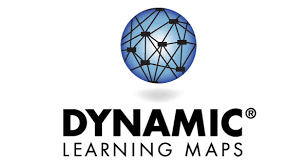 DLM: Dynamic Learning Map (Select Special Education Students, Grades 3-11)
DLM: Dynamic Learning Map (Select Special Education Students, Grades 3-11)
The DLM is an alternate end-of-year test given to special education (SpEd) students who qualify. To qualify, the SpEd must have been identified with the 1% tag, indicating significant cognitive impairment. The DLM is an untimed test and covers English Language Arts (grades 3-11), Mathematics (grades 3-11, and Science (grades 4-11).
 Financial Literacy Test (Grades 10-12)
Financial Literacy Test (Grades 10-12)
The financial literacy course is a required course for graduation. At the conclusion of the course, students take a financial literacy test to assess their knowledge of the information presented. It is administered in one class period and lasts between 50 - 90 minutes.
 NAEP (Select schools and grades only)
NAEP (Select schools and grades only)
The National Assessment of Educational Progress (NAEP) is the largest nationally representative and continuing assessment of what students in the United States know and can do in various subjects. It is administered by the National Center for Education Statistics (NCES), within the U.S. Department of Education. Selected schools represent schools across the nation, and their participation provides an accurate picture of student performance.
 RISE (Grades 3-8)
RISE (Grades 3-8)
The Utah RISE test is given in the spring to measure students’ proficiency on Utah Core Standards and school accountability in English Language Arts (ELA, grades 3-8), Writing (grades 5-8), Mathematics (grades 3-8), and Science (grades 4-8). We encourage you to talk with your child’s teachers about any questions or concerns you may have.
For more information on interpreting RISE scores, see the score charts by clicking here.
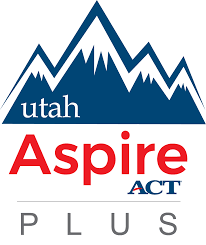 Utah Aspire Plus (Grades 9-10)
Utah Aspire Plus (Grades 9-10)
The Utah Aspire Plus is composed of several timed tests given at the end of the school year for all 9th and 10th graders. It includes a combination of test questions from ACT Aspire and Utah’s item bank, covering English, Reading, Mathematics, and Science. We encourage you to talk with your child’s teachers about any questions or concerns you may have.
In addition to viewing a student's score in Infinite Campus, the Utah Aspire Plus assessment also has a parent page where you will be able to view a more detailed report of your student’s score and how to interpret it. To access this additional report, you will need the following information to login:
- Your student’s “student state ID” number. This can be found by logging into the Infinite Campus Parent Portal and clicking on your student’s information tile. From there you will be able to see the “student state ID” number listed.
- Your student’s first and last name
- Your student's birthday
With this information, you can log into the Utah Aspire Plus Family Portal to view your student’s detailed report.
For more information on interpreting Utah Aspire Plus scores, see the score charts by clicking here.
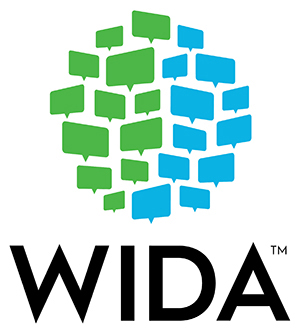 WIDA Access (ML/ESL Students, Grades K-12)
WIDA Access (ML/ESL Students, Grades K-12)
The WIDA Access test is given to multilingual learner (ML) students (formerly known as ELL or ESL) who are learning English as a second language. The test is given each year and it measures their level of English proficiency. ML students receive a score in each of four domains: Listening, Speaking, Reading, Writing. Scores range from a low of one (1) to a high of six (6). We encourage you to speak with your child’s school if you have any questions or concerns.